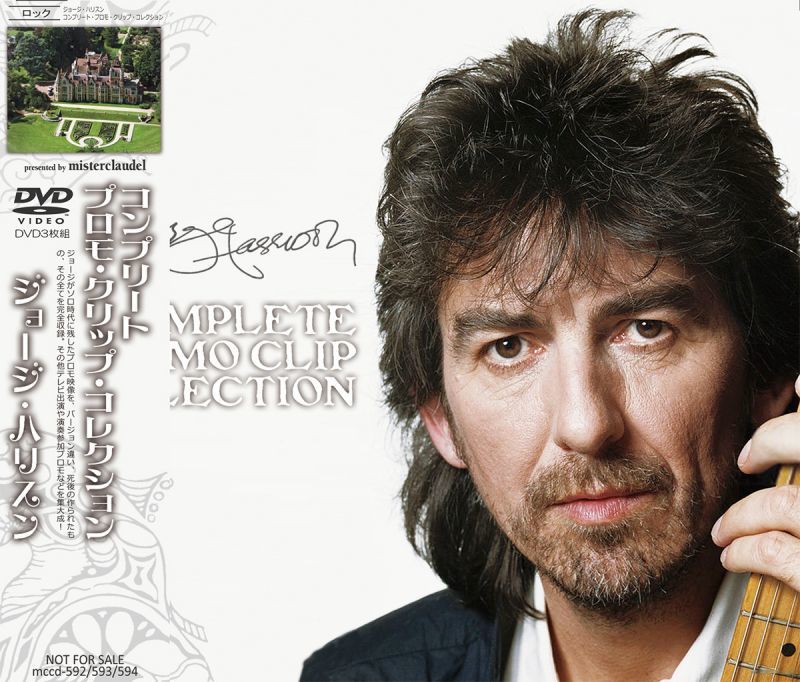

Though some of its songs date back as far as 1966, it is the crowning glory of the period when George found his feet as a singer and songwriter – which, in retrospect, had begun with his best contributions to the White Album and been gloriously revealed with his two contributions to Abbey Road: Something and Here Comes The Sun.īut on his first proper solo album, what his later work for The Beatles had hinted at was delivered in spades: songs of amazing depth and insight, played with consummate grace by the best musicians around, and sung by George in tones that mixed a new creative confidence with a real sense of emotion and vulnerability. In its vinyl incarnation, its 28 tracks – which include four instrumental cuts, known as the Apple Jam – span three discs. Though Paul McCartney’s 1973 album Band On The Run and 1970’s John Lennon/Plastic Ono Band run it close, All Things Must Pass arguably stands as the best Beatles solo album. Reflecting both George’s spiritual beliefs and the demise of the most famous and brilliant band in the world, it was called All Things Must Pass. The album they all worked on had a thrilling sense of a talent suddenly set free, and music that was among the best its chief author ever created. As well as those musicians, there would also be roles for Ringo Starr, Beatles protégés Badfinger, and, respectively playing uncredited acoustic guitar and congas, Peter Frampton and a young Phil Collins. This group of virtuosos had backed Clapton on his first, self-titled solo album and – as members of Derek and the Dominos – would go on to create the jaw-dropping Layla And Other Assorted Love Songs. My Sweet Lord was the biggest single from the album that George would record with the core of musicians he played alongside on the Delaney and Bonnie tour: not just Clapton, but bassist Carl Radle, drummer Jim Gordon and keyboard player Bobby Whitlock. It would eventually be titled My Sweet Lord, and its signature riff would be played using the slide technique that he began to learn on the tour. While with Delaney and Bonnie, George also began to work on a new song inspired by the Edwin Hawkins Singers’ Oh Happy Day, the gospel single that was a top five hit in the UK and US in the summer of 1969. A somewhat nervous George agreed to deputise – and so was born the technique that would increasingly become his musical signature. (Image credit: Alamy)īy the time they reached Copenhagen – where the band played three gigs, filmed footage of which you can see on YouTube – the touring party was missing the ex- Traffic guitarist Dave Mason, who usually played slide guitar on a song called Comin’ Home. Just one of the band: George with Eric Clapton and Delaney and Bonnie Bramlett. “Oh God, George let his hair down more than I ever saw before or since,” Bramlett laughed. This, then, was not the perma-meditating, self-denying George that some people might have inferred from his more mystical associations.

“There I was, running up the street, naked as a jaybird,” he said. That night, when Bramlett got up from his seat in the dressing room to make his way to the tour bus, George grabbed the seat of his new velvet trousers and tore them off. At the Liverpool Empire, he stepped out of the shadows and told the crowd, “This brings back a lot of memories.” Backstage, Bramlett told me, “there was beer flying everywhere”. These were the first live shows George had played since The Beatles stopped touring in August 1966. He just said, ‘I’m going on tour – I don’t know how long we’ll be gone.’” “I knocked on the door,” said Bramlett, “and he said, ‘I got a couple of things and I’ll be ready to go.’ I didn’t think Pattie liked that – George going off with a bunch of hillbillies. The tourbus duly made its way to George’s home in Esher, Surrey. “I said, ‘Could you be in the band? Of course you can.’ He said, ‘Could you pick me up tomorrow morning?’” “George met me backstage and said, ‘Could I be in the band too?’” Delaney Bramlett told me many years later. For George, the fun had started on December 5, 1969, when the tour called at the Royal Albert Hall.


 0 kommentar(er)
0 kommentar(er)
